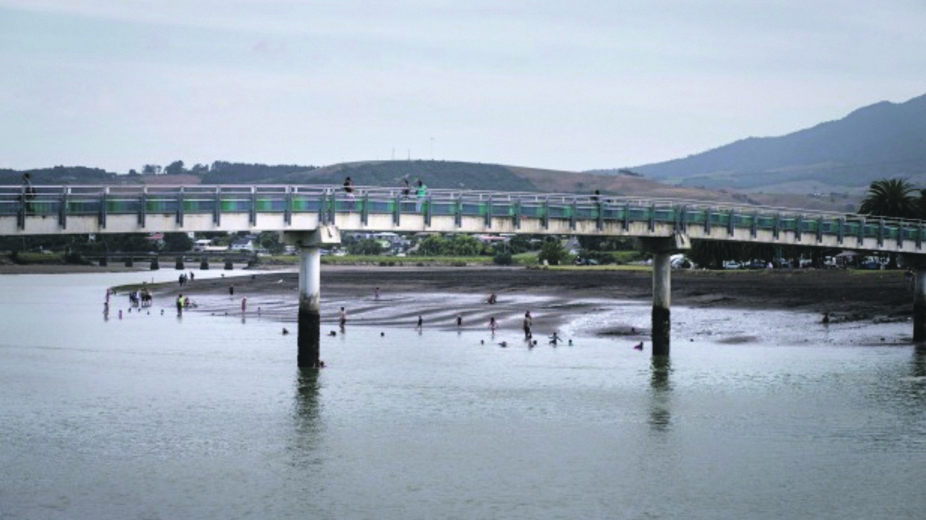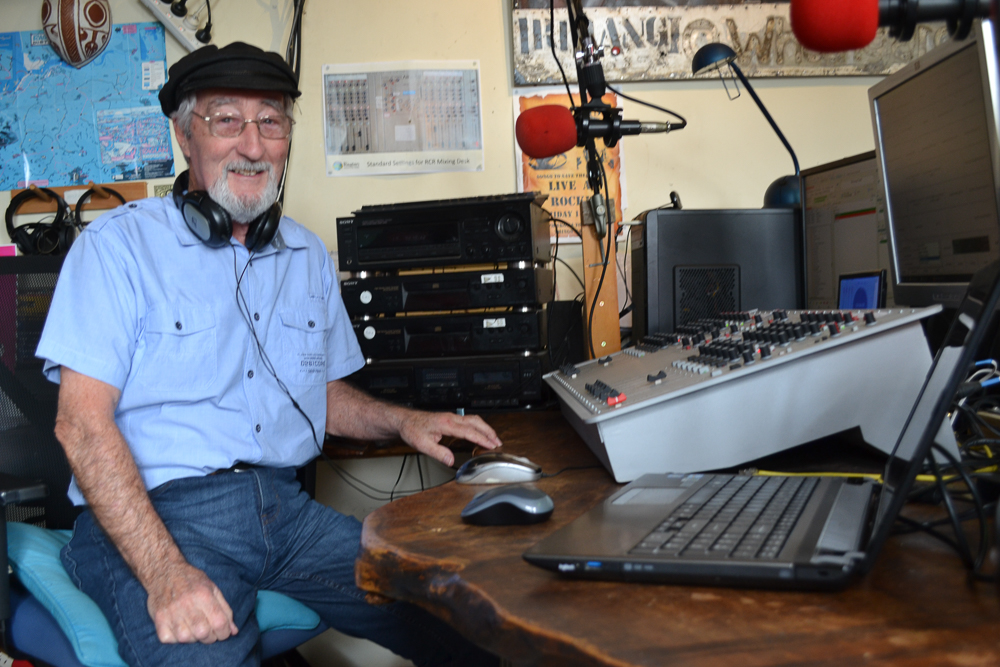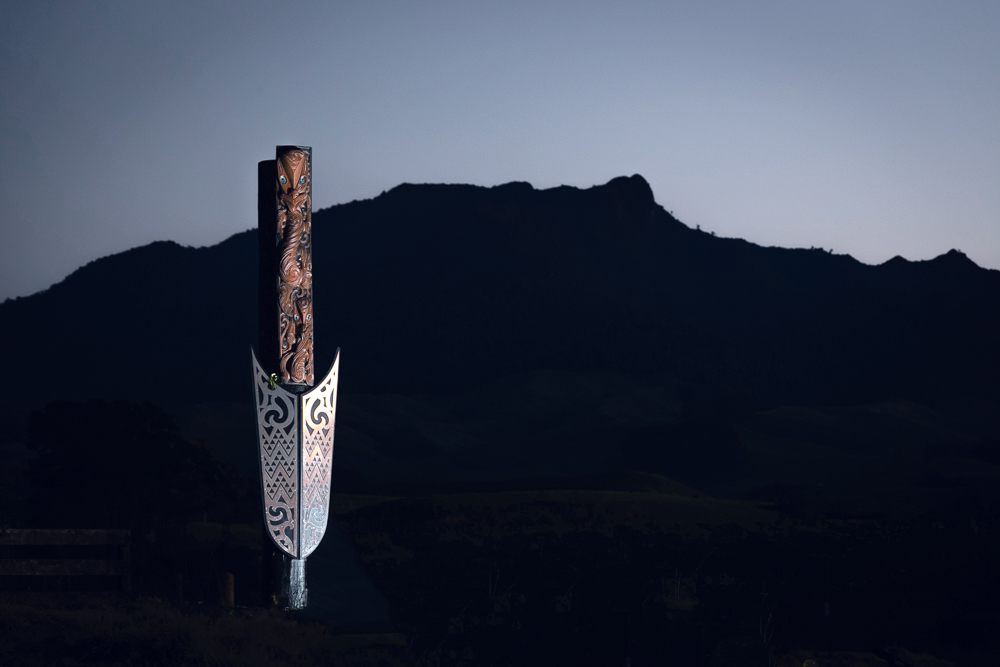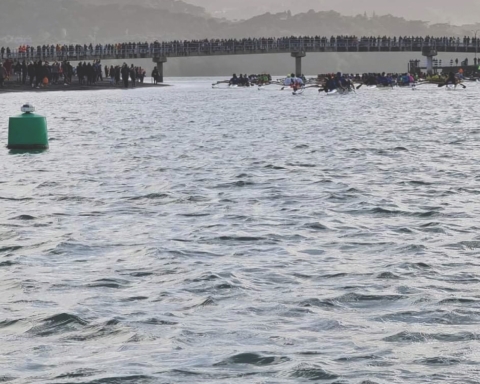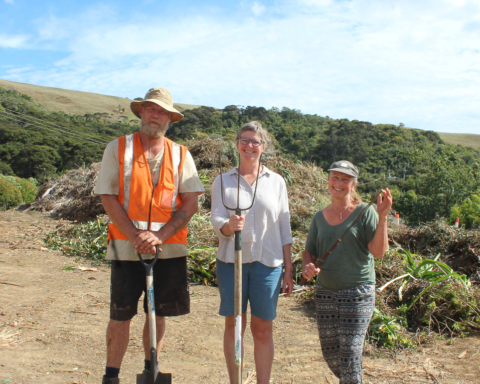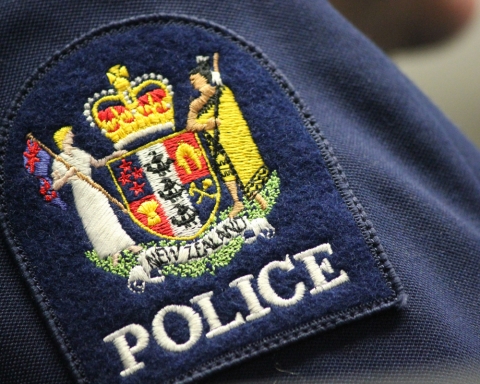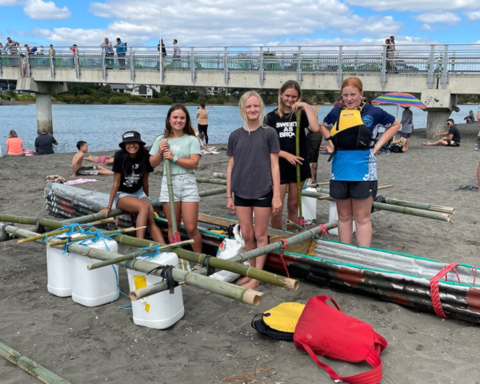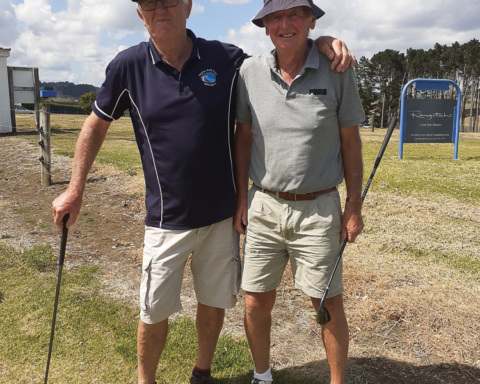Two community information sessions will be held in Raglan next week to discuss the upcoming re-consenting process for the Raglan Wastewater Treatment Plant discharge permit.
Waikato District Council will be applying to Waikato Regional Council for consent to discharge wastewater in November 2019.
“We want to involve the community in this process and so will be holding two community information sessions next week to kick-start this project. These information sessions will give the Raglan community the opportunity to hear about the discharge options that are available to us,” Waikato District Council Waters Manager Karl Pavlovich says.
Key stakeholders and iwi have had meetings on this topic in recent weeks and will continue to be involved as Council works towards submitting its application for consent later in the year.
The first community information session will be held at the Raglan Town Hall on Wednesday 10 July from 4pm-7pm.
If you can’t make that time, staff will then be at the Raglan Office and Library on Saturday 13 July from 10am-12pm.
Both of these sessions will be drop-in style. Pop in at a time that suits you to speak with staff and the project experts to learn more about what is planned and how you can get involved.
More information about the consent retrieved from www.waikatodistrict.govt.nz/raglanwastewater below:
Raglan’s wastewater treatment plant (WWTP) discharge consent expires in February 2020. Waikato District Council as the asset owner is now working on its application to Waikato Regional Council, who is the regulatory body that issues resource consents.
What Waikato District Council are doing about he consent:
Assessing the options available to us makes up a large part of the investigations required for the consent application process.
Therefore, council has engaged planning, environmental and engineering experts Beca to assist us in putting together our resource consent application, along with other specialist sub-consultants to help with land suitability, marine modelling, public health and coastal ecology investigations and assessments.
Council are now seeking to engage with iwi, stakeholders and the public. Initial discussions have been held with local iwi and the community board. Stakeholders that are identified as having an interest will be directly communicated with soon as we work through this process.
Background:
1999 consent application – proposal to extend outfall into the harbour by approx. 140m
Outfall was opposed– land application of wastewater then investigated through a working party.
2002 revised consent application – land application of wastewater was too difficult to implement, instead applied for upgraded treatment plant with existing discharge location.
Appealed by Waikato-Tainui– subsequent Environment Court decision (2005 for 15 year consent).
The current consent application is due to expire in February 2020. WDC need to apply for a new consent by November 2019 (3 months prior).
Some options being explored in the council project plan are below:
TREATMENT INVESTIGATIONS: Membrane treatment
Membrane systems – the wastewater flows through membrane modules (micro filtration) which allow only the smaller particles to pass through. Membranes have the added benefit of also removing some pathogens.
TREATMENT INVESTIGATIONS: Land treatment
Constructed habitat wetlands attempt to mimic natural wetlands by directing water to flow through flooded beds of emergent aquatic plants. Like natural wetlands they can store, assimilate, and transform contaminants before they reach waterways.
DISCHARGE OPTIONS: Reuse
Reuse of treated wastewater for activities such as a plant nursery or golf course irrigation could be considered as a sub-option but are unlikely to take significant volumes or provide year round takes. Improved treatment such as the addition of a tertiary membrane plant would be required to avoid public health impacts.
DISCHARGE OPTIONS: New ocean outfall
A coastal discharge is one of the disposal options. This would require the construction of an overland pipeline and ocean outfall structure. The distance is approximately 1.3km. It would be slightly longer by the time geographical obstacles are considered. The Raglan coast is a very high energy environment and is likely to be very costly. Coastal discharge may not be supported by iwi / TMOTW.
